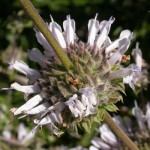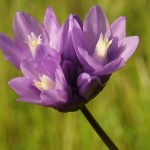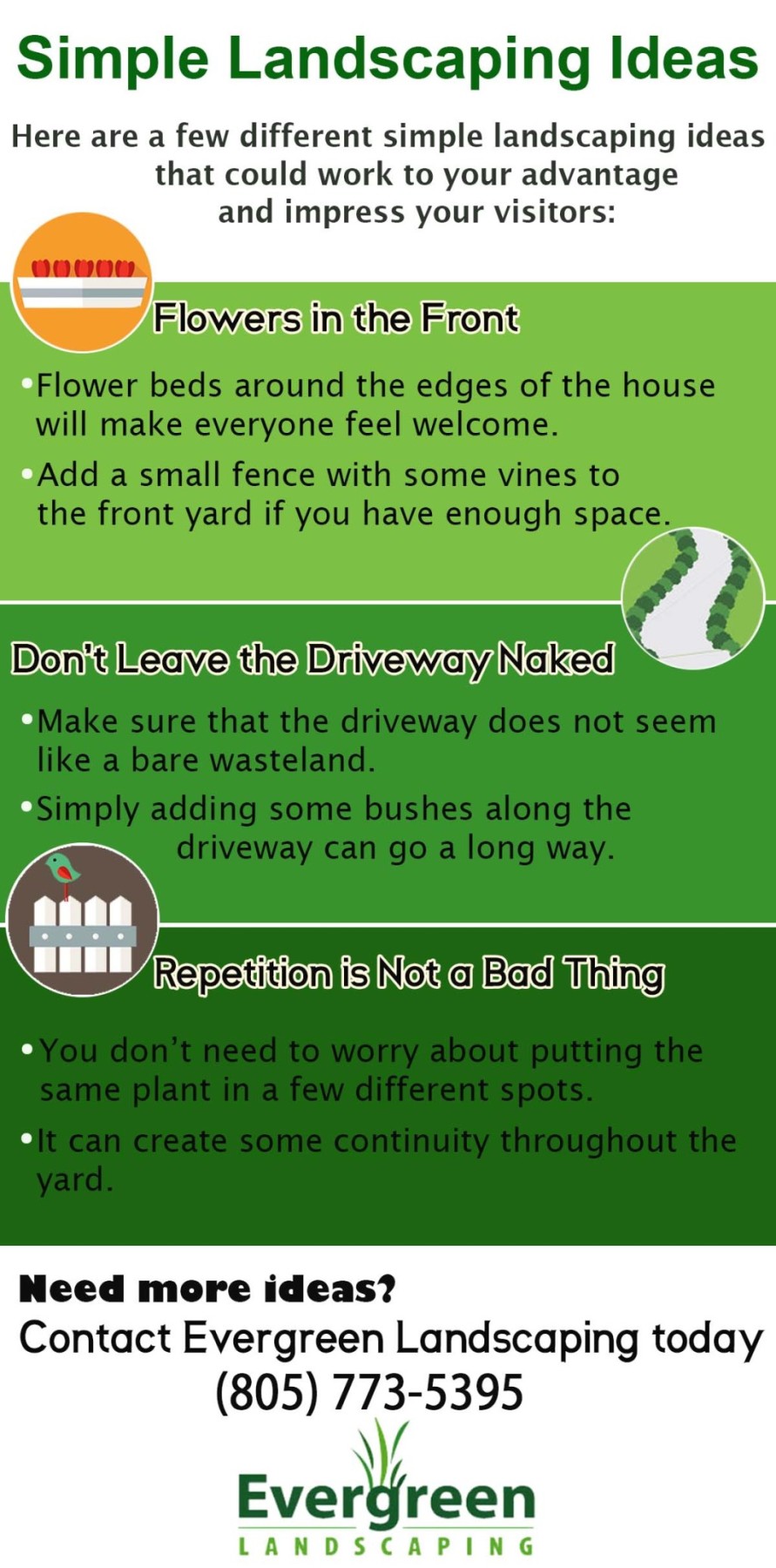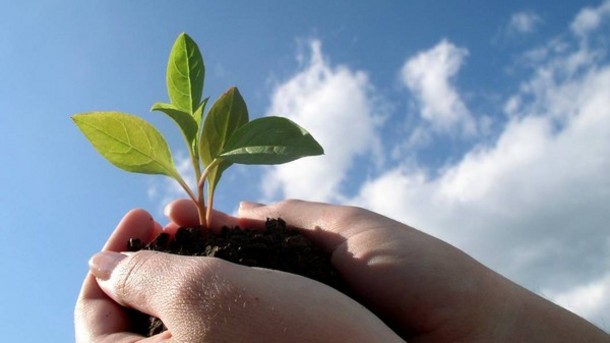By Evergreen Landscaping
Archive
bubble fountain, decorative fountains, hardscape, Landscaping, patio ponds, patio ponds design, patio ponds landscaper, professional landscaper, urn fountain, wall fountain, water fountains
Garden ponds and decorative fountains are some hardscape examples that were once mainly for the very rich. Today, anyone can have a garden pond, a fountain or waterfall. It can be included almost anyplace–even if your “yard” is limited to a patio or balcony.
What is Hardscape?
Ultimately, hardscape is just what it sounds like– the use of hard materials like concrete, brick, stone, and asphalt to create landscape features that cover the natural earth, or softscape. Hardscape has many advantages, as it makes it possible to create features that you wouldn’t be able to sustain in earth. But it must be carefully planned and properly built in order to compensate for its inability to retain water.
Paths, driveways, and retaining walls are all examples of hardscape. Most decorative fountains, ponds and pools are also hardscape. They use concrete or stone to prevent the water within from draining into the surrounding earth. With hardscape, you can create landscaped areas on slopes, establish sheer vertical walls, and install paths and driveways that are useful and decorative in all weather conditions. Patios and sidewalks are some of the most common hardscape applications.
Patio Ponds
Adding water to your patio can be as simple as setting out a shallow dish of water for use as a birdbath. Any shallow container at least 6 inches wide and a half-inch deep will work. Pie pans, garbage can lids, or flowerpot bases work well in small spaces. Fill the container with clean water and wash it every day or two. The wildlife attracted to the water will depend on where you place the container. Containers set on the ground usually attract the greatest number of wildlife species, from birds and butterflies to squirrels and toads. Hanging birdbaths or ones on pedestals will be restricted to those creatures that can fly or jump high enough to reach the water. It give birds a chance to escape from neighborhood cats and other predators.

If you want to grow water plants–and perhaps a fish or two–you can add a tub garden to your patio or yard. Many products are on the market today. Frequently, half whiskey kegs with plastic liners are used. Numerous plastic tub gardens are available in a variety of sizes. It also have the advantage of being lightweight and inexpensive. Small pumps can be added to any of these containers to allow for fountains or cascades of water. Moving water is pleasant to listen to and attractive to wildlife.
Here are some considerations before adding a small tub pond to your patio or yard.
If you want to grow water plants, choose a container that is at least a foot deep. While some water plants do well in shallow water, other species–including some water lilies–require deeper water.
Consider adding a variety of plant species. Depending on the depth of your tub, place pots of plants either on the bottom or on bricks to achieve the proper depth. Floating plants such as duckweed also can be added. Floating plants reduce the amount of sunlight that enters the water, which helps reduce the growth of algae. When adding potted plants, place a layer of stones on top of the soil, before setting the pots in the water. This will help hold the soil in place and help prevent any fish from “digging” into the pots.
If you live in a cold climate, consider what you will do with the tub garden in the winter. Small tubs can be moved inside if a suitable location is available. Other tubs may need to be drained to prevent damage from freezing.
Caution: Use caution and take security measures if small children have access to your pond. Even small tub gardens can be hazardous. If you intend to have a fountain or waterfall, be sure a grounded electrical outlet is available.
Decorative Fountains
Most people know that adding a fountain to their home or garden can increase the overall value of their property. Most of these same people also do not know that there are actually many different types of fountains to choose from. There are plenty of aesthetic perks to be found with home garden water fountains. They can completely change the vibe that people get when they enter your backyard for the first time.
Different Types of Home Garden Water Fountains
Home fountains used to also serve more practical purposes in the past. Although they can still help you relax at the end of a long day if you place them in the right spot. Let’s take a look at a few of the different fountains that could work well in your home garden.
The Urn Fountain
The urn fountain is the type of fountain that probably pops into your head when you think about generic garden fountains for your backyard. These fountains can be found with more than one tier, and the number of tiers on your fountain depends on how elegant you want your garden to be. You will usually have the option of slate, ceramic, or cement materials for your garden fountain.
Wall Fountains
If you want to choose something a bit more special for your garden, then you may want to look into getting a wall fountain. These are usually a great option when you want to attach a fountain to your deck. They can also be used as a water source if you want to put a small pond in your backyard. These types of fountains are usually comprised of multiple layers of fiberglass.
The Simple, Bubbling Fountain
One last type of fountain that you may want to look into for your backyard or garden is the bubbling fountain. This is the simplest type of fountain on the market. It does not actually shoot water into the air. If you are looking for something simple that will not break the bank, then this is probably going to be your best option. These fountains will not do much when it comes to providing a big splash in your garden. Nevertheless, they will still be able to create that comforting, relaxing sound that everyone expects to get from a fountain in their backyard.
Any random individual could pour a concrete driveway and call it a hardscape, Yet, there is actually a lot of planning that goes into building hardscape properly. The biggest downside of hardscape is drainage. While natural earth has an innate absorptive capacity for rainwater, hardscape allows the water to run off. In cases of heavy rain or storms, the volume of this runoff can become quite high. Large scale hardscaping can also cause the water table beneath the ground to become depleted, influencing the amount of water available for home and other uses.

When planning a hardscape, it’s important to consult with a professional landscaper who has experience planning and installing hardscape. Professionals are ready to help you properly place your hardscape and build it from the most appropriate materials for your property. When placing your hardscape, considering the direction that water will run off is of critical importance. The structure should be placed to direct running water away from any buildings. Your new sidewalk will look a whole lot less attractive if it is funneling water into your basement every time it rains! An appropriate pitch encourages the water to run in such a way that it does not create unsightly or damaging pools without running so fast that it erodes away the soil surrounding the hardscape.
In addition, landscaping professionals can help you choose from a variety of materials for your project. Pervious materials that allow water to filter through to the earth beneath can greatly reduce drainage problems. Often, a mix of materials is advisable, to direct water away from areas where you don’t want it and allow it to drain in more appropriate places.
These are some of the basic factors to take into consideration when installing a hardscape, but to do things right, the project should be tailored to your specific home property. Above all, have fun. Water gardens provide habitat for wildlife, but also can be an enjoyable hobby for you and your family.
To discuss how hardscape can improve your outdoor space, Talk to our Experts!

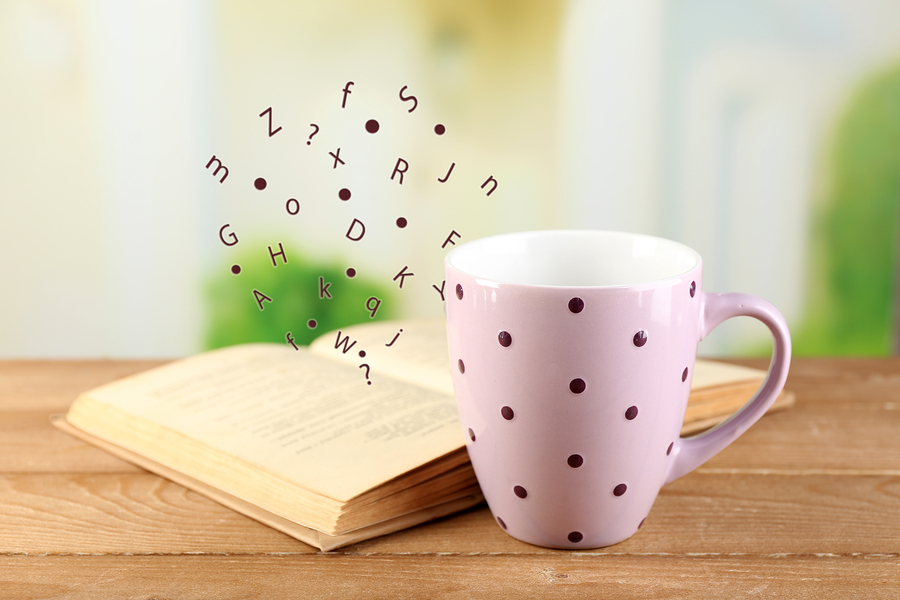 Understanding basic landscaping terms is important so that there is no miscommunication between you and your landscaper. Understanding landscaping language also helps when you’re reading landscaping articles or planning your lawn before you contact us. We’ve selected some common landscaping terms used by landscapers and included some general landscaping information that all homeowners should know.
Understanding basic landscaping terms is important so that there is no miscommunication between you and your landscaper. Understanding landscaping language also helps when you’re reading landscaping articles or planning your lawn before you contact us. We’ve selected some common landscaping terms used by landscapers and included some general landscaping information that all homeowners should know.

